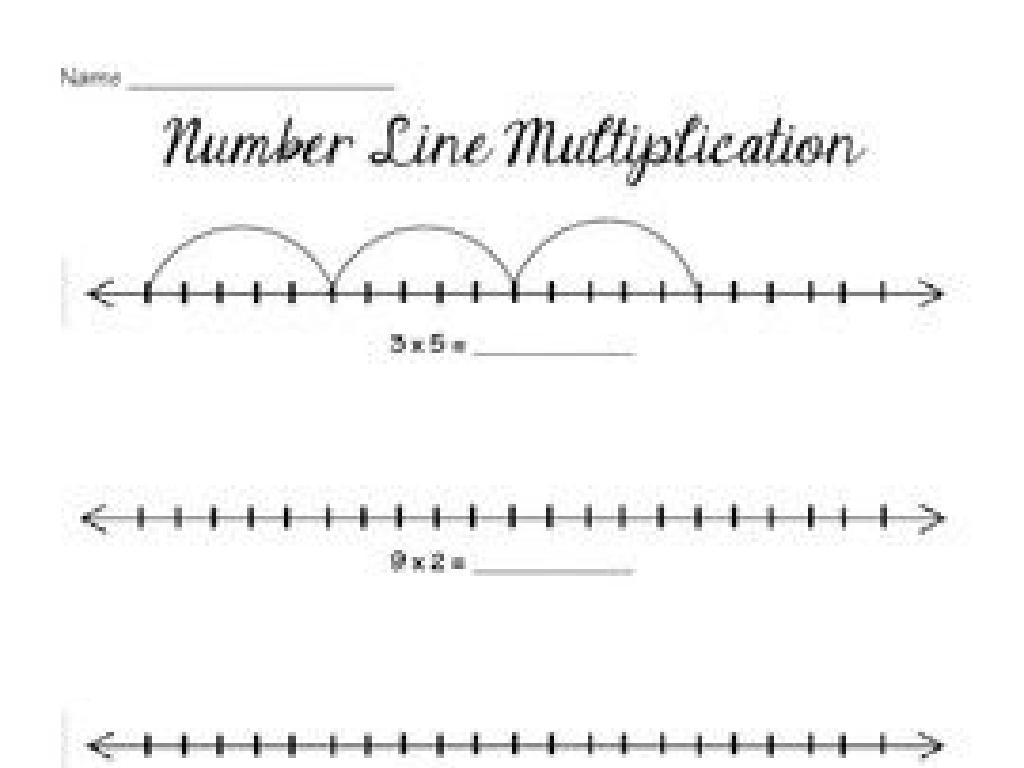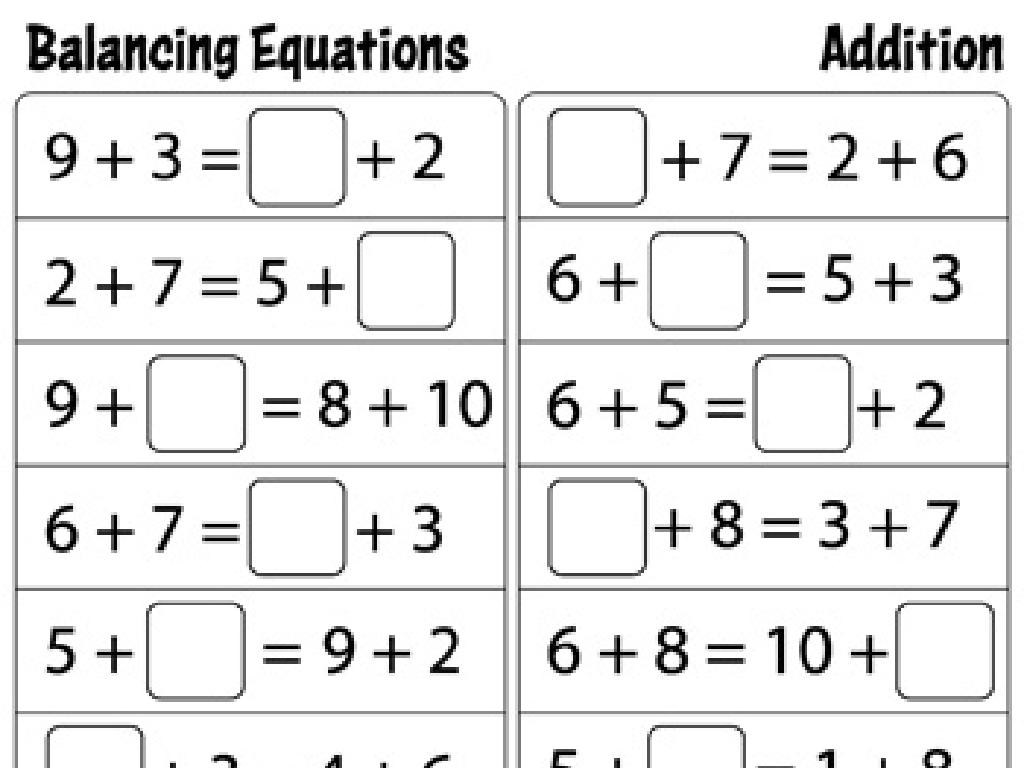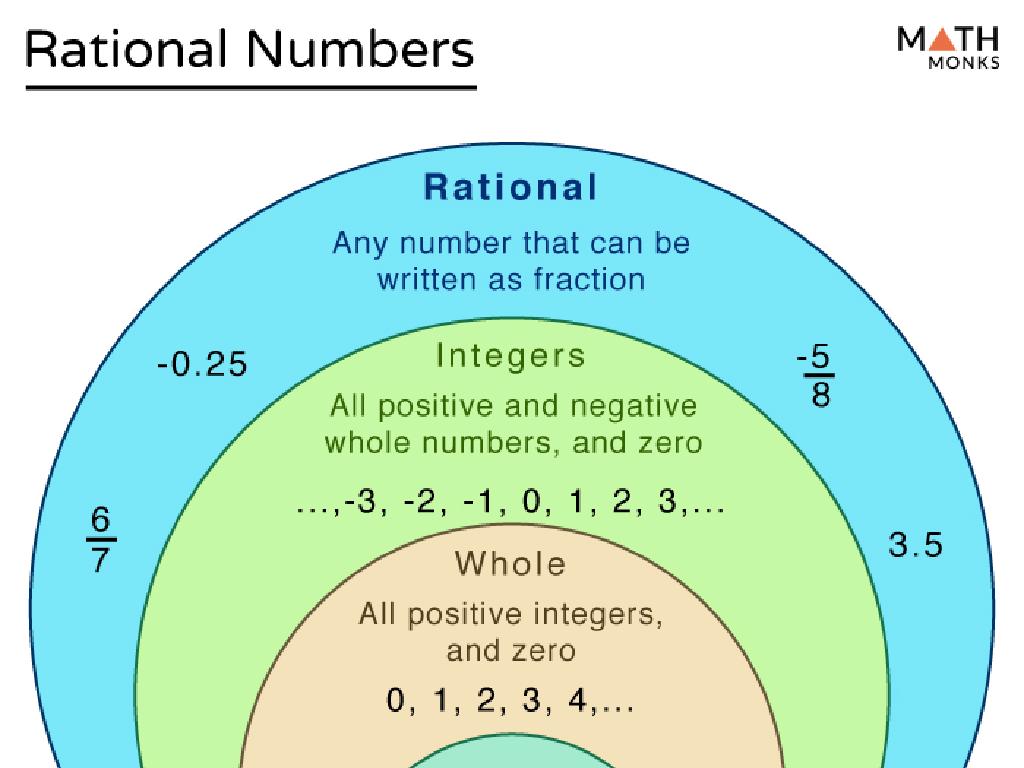Understand An Experimental Protocol About Diffusion
Subject: Science
Grade: Seventh grade
Topic: Designing Experiments
Please LOG IN to download the presentation. Access is available to registered users only.
View More Content
Understanding Diffusion in Experimental Science
– Define Diffusion
– Movement of particles from high to low concentration
– Diffusion’s role in Science
– Essential for processes like respiration and plant nutrition
– Examples of Diffusion
– Perfume aroma spreading in air, tea coloring water
– Conducting a Diffusion Experiment
– We’ll use a simple setup to observe diffusion in class
|
This slide introduces the concept of diffusion, which is a key process in many scientific phenomena. Start by defining diffusion as the movement of particles from an area of higher concentration to an area of lower concentration. Explain its importance in biological and chemical processes, such as respiration in humans and nutrient absorption in plants. Provide everyday examples, like the spread of a perfume scent or a tea bag diffusing in hot water, to make the concept relatable. Conclude with an overview of the class activity where students will set up an experiment to observe diffusion firsthand, using materials like food coloring in water. This practical application will help solidify their understanding of the concept.
Understanding Experimental Protocols: Diffusion
– Define an experiment
– A scientific test conducted under controlled conditions.
– Key components of protocols
– Includes hypothesis, materials, methods, and variables.
– Importance of control groups
– Controls help compare results and validate the experiment.
– Applying to diffusion experiments
– Use these steps to study how substances spread out.
|
This slide introduces the concept of an experiment within the context of studying diffusion. An experiment is a scientific procedure to test a hypothesis and observe the effects under controlled conditions. Key components of an experimental protocol include a clear hypothesis, a list of necessary materials, a detailed method for conducting the experiment, and an identification of variables. Control groups are essential as they provide a baseline to compare the results of the experimental group against, ensuring the validity of the experiment. When applying these concepts to diffusion experiments, students will design protocols to observe how substances move from areas of high concentration to low concentration, which is a fundamental concept in science. Encourage students to think critically about each step and how it contributes to the overall success and reliability of their experimental findings.
Understanding Diffusion in Science
– What is diffusion?
– Diffusion: Particles moving from high to low concentration
– Everyday examples of diffusion
– Smell of perfume spreading, tea coloring water
– Diffusion’s role in biology
– Oxygen transport in lungs, cell nutrient absorption
– Observing diffusion in experiments
|
This slide introduces the concept of diffusion, a fundamental process in both physical and biological systems. Begin by explaining diffusion as the movement of particles from an area of higher concentration to an area of lower concentration. Provide relatable examples such as the spread of a fragrance in a room or the way a drop of food coloring disperses in water. Then, connect the concept to biological systems, such as how oxygen diffuses from the lungs into the bloodstream or how cells absorb nutrients. Conclude by discussing how we can observe and experiment with diffusion in a controlled setting, setting the stage for a class experiment on the topic.
Experiment Design: Exploring Diffusion
– Define the problem statement
– What are we trying to find out about diffusion?
– Formulate a hypothesis
– Make an educated guess about the diffusion outcome
– Determine variables and controls
– Identify independent, dependent, and controlled variables
– Understand diffusion’s role
|
This slide is aimed at guiding students through the initial steps of designing an experiment on diffusion. Start by defining the problem statement, which is a clear, focused question that the experiment will address. Next, students should formulate a hypothesis, which is an educated prediction of the experiment’s outcome. It’s crucial to explain the role of variables: independent variables are what the experimenter changes, dependent variables are what is being measured, and controlled variables are kept constant to ensure a fair test. Emphasize the importance of controls in validating the results. Lastly, discuss how diffusion plays a role in the experiment and why understanding it is essential. Encourage students to think critically about each step and how they contribute to a successful experimental design.
Experimental Protocol: Diffusion
– List of materials for diffusion
– Beaker, food coloring, water, timer
– Step-by-step experiment guide
– Add color to water, observe, record time
– Safety measures to follow
– Wear safety goggles, apron
– Precautions during the experiment
– Avoid direct contact with chemicals
|
This slide outlines the experimental protocol for observing diffusion in a controlled setting. Students will need a clear beaker, food coloring, water, and a timer to conduct the experiment. The procedure involves adding a drop of food coloring to the water and observing the process of diffusion as the color spreads, timing how long it takes to fully diffuse. Safety is paramount; students should wear protective gear such as safety goggles and aprons to prevent any splashes or spills. It’s also important to remind students to handle all materials, especially chemicals, with care to avoid direct skin contact. The teacher should supervise the experiment at all times, ensuring that students follow the protocol and maintain a safe environment.
Predictions and Observations in Diffusion Experiments
– Making predictions from hypotheses
– A hypothesis guides what we expect to see, like predicting how fast a scent spreads.
– Recording observations systematically
– Keep a detailed log of changes during the experiment, noting times and patterns.
– Analyzing results via observation
– Compare initial predictions with what actually happened to understand the process.
– Understanding diffusion outcomes
– Relate observations to how diffusion works in real-world scenarios, such as tea steeping.
|
This slide emphasizes the importance of making informed predictions and meticulous observations in a diffusion experiment. Start by discussing how a hypothesis, an educated guess, shapes the expectations of the experiment’s outcome. Encourage students to think critically about what they believe will happen and why. During the experiment, students should record their observations carefully, noting any changes in color, concentration, or movement that indicate diffusion. After the experiment, students will analyze their observations to see if they align with their predictions, helping them understand the concept of diffusion. Use relatable examples, such as the spread of a drop of food coloring in water, to illustrate the principles of diffusion. The goal is to help students grasp the scientific method’s steps and apply them to real-life situations.
Analyzing Experimental Results on Diffusion
– Steps to analyze experimental data
– Organize data, look for patterns, and compare with predictions.
– Learning from diffusion outcomes
– Results show how substances move from high to low concentration areas.
– Identifying potential errors
– Common errors: measurement, timing, or contamination.
– Impact of errors on results
– Errors can alter the perceived rate or pattern of diffusion.
|
This slide aims to guide students through the process of analyzing data from a diffusion experiment. Emphasize the importance of organizing data and looking for patterns that align or deviate from the hypothesis. Discuss what the results indicate about the process of diffusion, such as the movement of particles from areas of higher concentration to lower concentration. Encourage students to consider and identify possible sources of error in their experiments, such as inaccuracies in measurement, timing discrepancies, or contamination of samples. Highlight how these errors can affect the results, potentially leading to incorrect conclusions about the rate or pattern of diffusion. This discussion will help students understand the critical role of careful experimentation and analysis in scientific inquiry.
Class Activity: Diffusion in Action
– Conduct diffusion experiment
– Observe and record results
– Note color changes, time taken, and distance traveled by particles
– Share findings with peers
– Present your group’s data to the class
– Discuss the diffusion process
– How does diffusion relate to real-life situations?
|
This class activity is designed to give students a hands-on understanding of diffusion. Divide the class into small groups and provide each with the necessary materials to conduct a diffusion experiment, such as a petri dish with agar and food coloring. Students should carefully observe the color spread in the agar and record the time and distance the color travels. After the experiment, each group will share their results with the class, discussing any variations and what factors might affect the rate of diffusion. Encourage students to think of examples of diffusion in their daily lives, such as the spread of a drop of food coloring in water. This activity will help solidify their understanding of the concept of diffusion and its applications.
Conclusion: Diffusion & Experimental Protocols
– Recap: What is Diffusion?
– Importance of Diffusion in Science
– Essential for processes like respiration & plant nutrient uptake
– Review: Steps in Experimental Protocol
– Hypothesis, materials, method, results, conclusion
– Q&A Session
– Time to clarify doubts and explore ideas
|
This slide aims to consolidate the students’ understanding of diffusion and the steps involved in an experimental protocol. Begin by recapping the definition of diffusion and its significance in biological systems, such as how oxygen enters cells and how plants absorb nutrients. Then, review the key stages of the experimental protocol, emphasizing the importance of each step in conducting a successful experiment. Finally, encourage students to ask questions to clear up any confusion and to deepen their comprehension of the concepts discussed. This interactive Q&A session will also serve as a form of informal assessment to gauge the students’ grasp of the topic.
Homework: Lab Report on Diffusion Experiment
– Write a Lab Report
– Include key sections
– Introduction, Method, Results, Discussion
– Understand due date & criteria
– Report is due next Monday, focus on clarity & detail
– Reflect on the experiment
– Think about what you learned and any surprising outcomes
|
Students are tasked with writing a comprehensive lab report that encapsulates their understanding of the diffusion experiment conducted in class. The report should be structured with an Introduction that provides background information on diffusion, a Method section detailing the steps followed during the experiment, a Results section presenting the data collected, and a Discussion that interprets the findings. The due date is set for next Monday, giving students the weekend to work on it. Evaluation criteria will focus on the clarity of the writing, the completeness of each section, and the depth of analysis in the discussion. Encourage students to reflect on the experiment and consider any results that differed from their initial expectations. This reflection will help them develop critical thinking skills and a deeper understanding of scientific processes.






